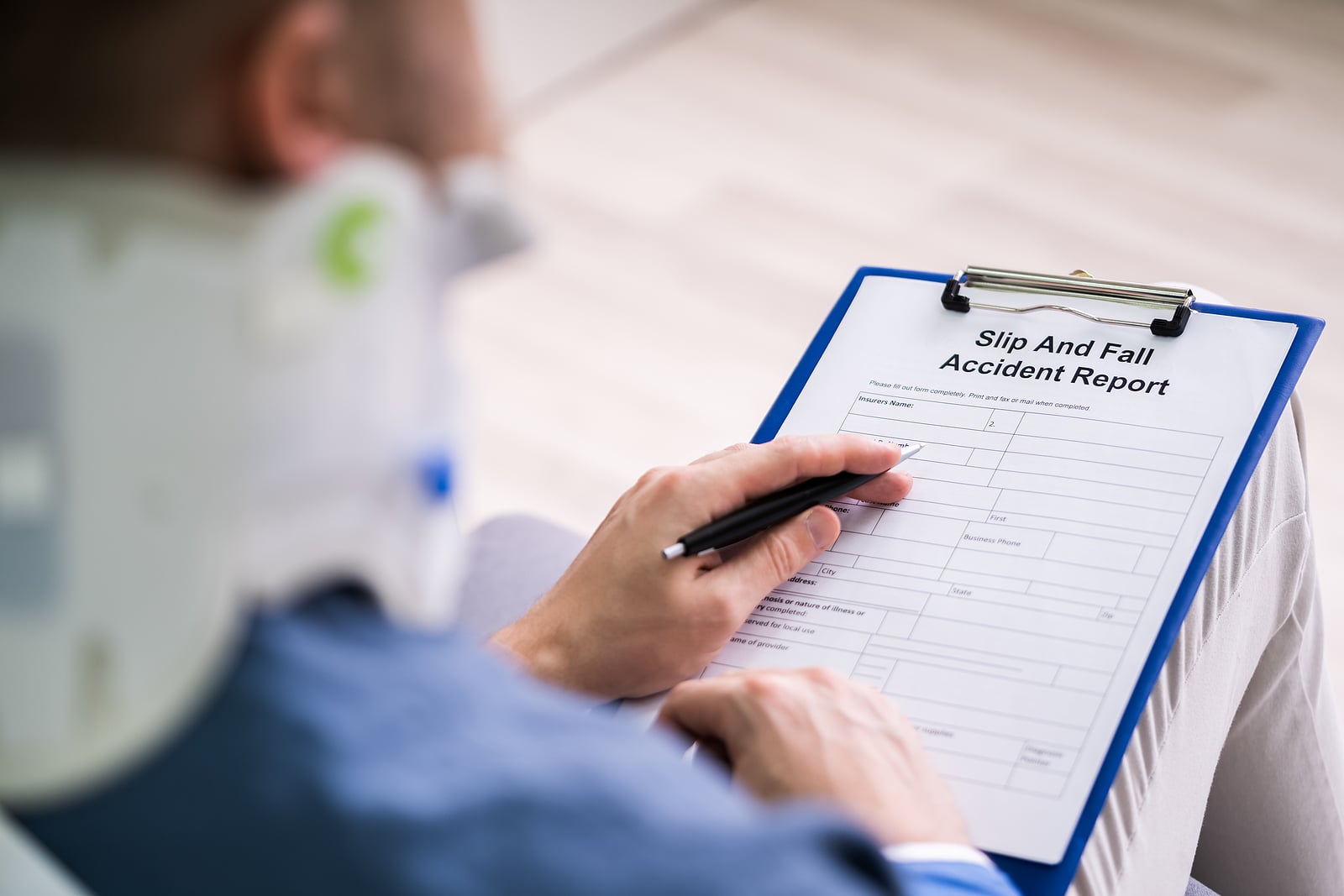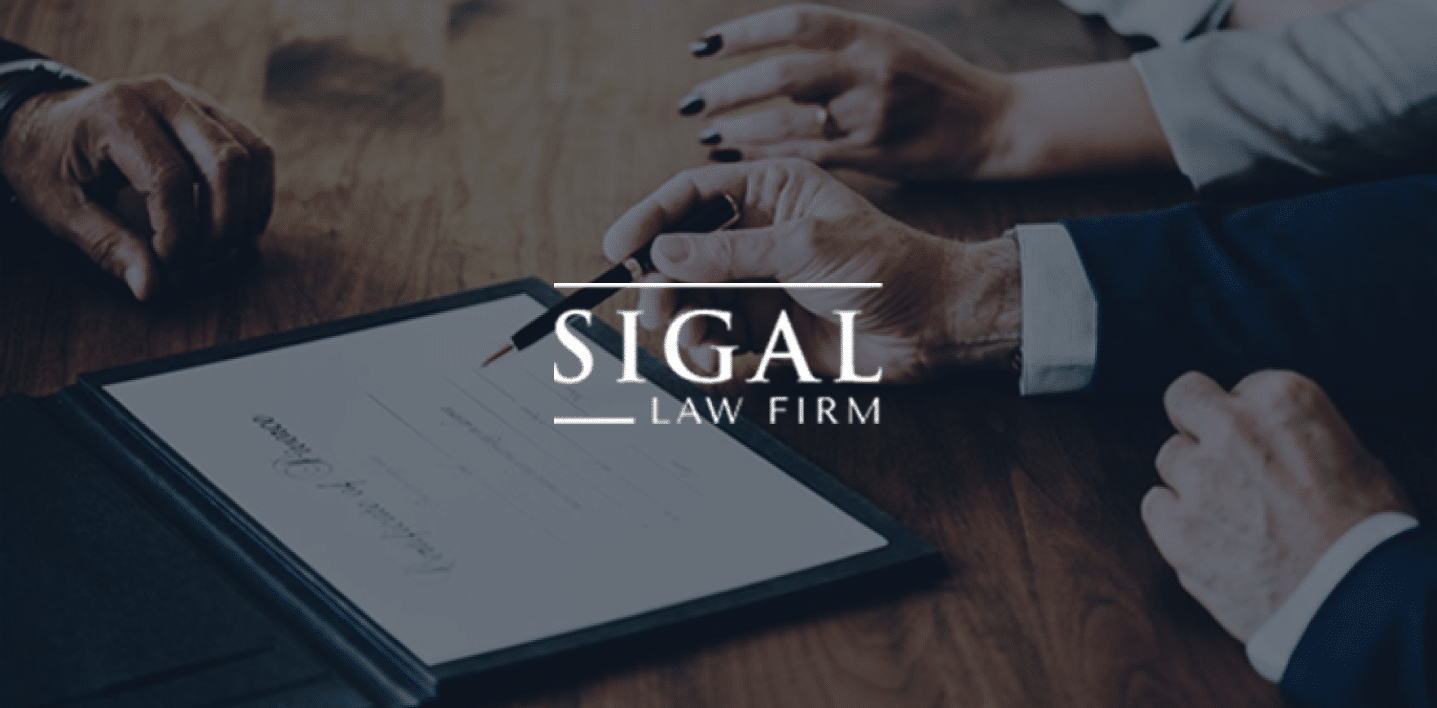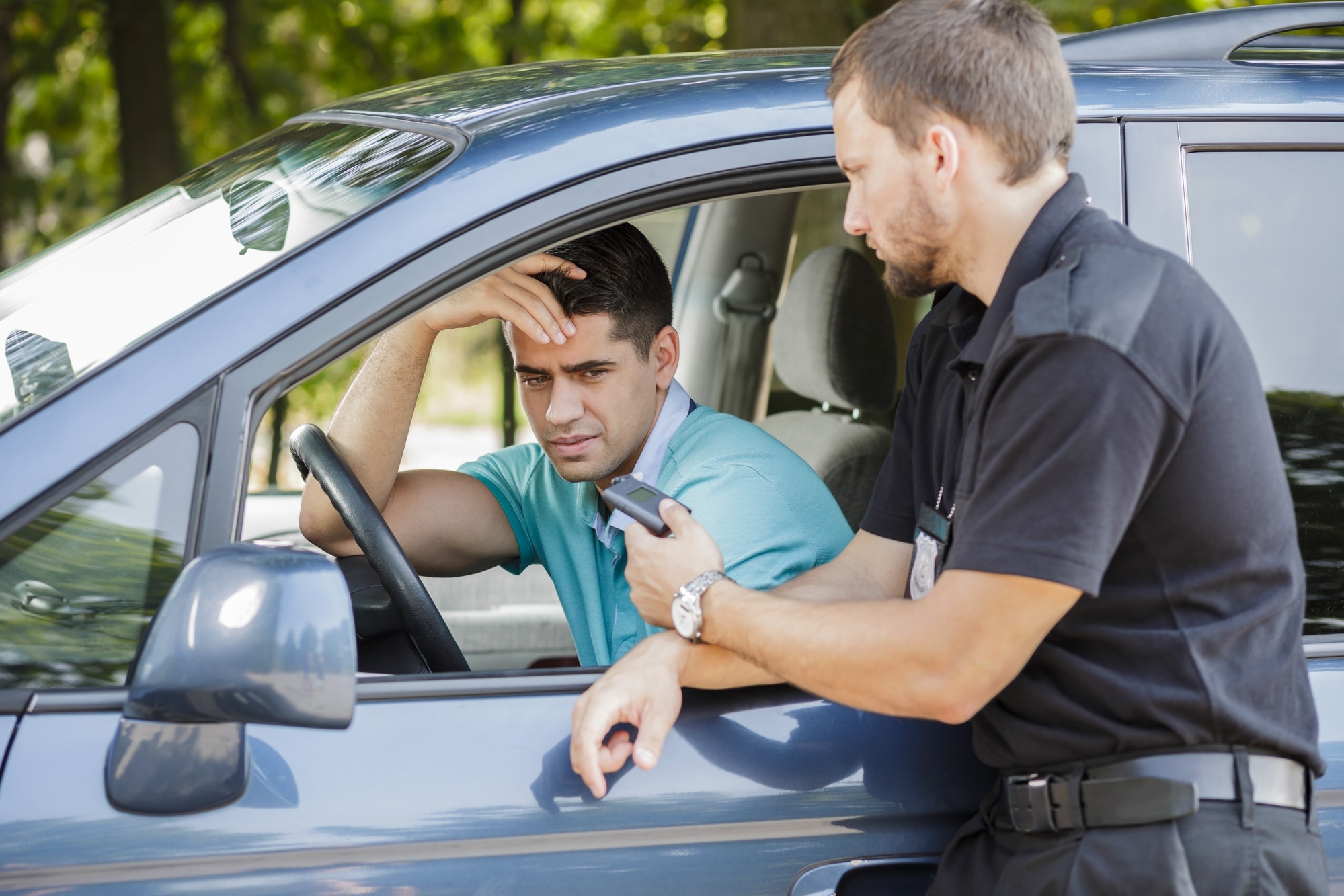5 Common Defenses You May Need to Overcome
You might not think that a simple slip and fall can be serious, but these accidents can cause injuries that lead to expensive losses. According to the Centers for Disease Control and Prevention, 20% of falls lead to serious outcomes such as head injuries or broken bones. If you have experienced such a slip and fall, you may have a personal injury case for compensation.
A personal injury case does require that someone else may have been at fault in the accident. With slip and fall cases, that typically means that you fell on someone else’s property or in a public location and that the property owner or manager did not provide a safe enough space.
For example, if there is a leak in a store that is causing water to puddle in a walkway, the store management has a duty to post warnings so people know not to walk in that area. However, there are various defenses that property owners can attempt when they are sued due to a slip and fall. Understanding those defenses can help you prepare to overcome them.
1. Open and Obvious Danger
One common response against lawsuits involving slip and fall claims is known as the open and obvious defense. In this defense, the property owner claims that the factors contributing to the incident were visible and obvious to any reasonable person and that the plaintiff—that’s the person who was injured and is filing the lawsuit—proceeded into the dangerous area anyway.
A common example of this type of situation is an area where water is making the walk way slippery. Imagine a department store where a spill has occurred and maintenance personnel have mopped up the area. The floor will remain wet for a while if the store allows the area to air dry after mopping it, and this can present a risk for falls. However, if the store puts up signs or ropes off the area, it may claim that there was an open and obvious danger and that anyone who entered that area did so at their own risk.
2. Negligence on the Part of the Plaintiff
Michigan allows damages in personal injury cases to be assessed with regard to comparative fault. The law says that anyone who is more than 50% at fault in any incident cannot collect compensation from others who might have been involved. If someone is less than 50% at fault, however, their potential compensation may be reduced by whatever their fault was.
So, defendants in a slip and fall lawsuit might attempt to demonstrate that the plaintiff was more than half at fault due to taking actions they knew were risky or coming onto property where they were not allowed. They might also try to reduce how much they have to pay out by demonstrating that the plaintiff was partly responsible. For instance, if you are deemed 20% responsible for an accident and you win an award of $100,000, you only collect $80,000 of it.
3. Existence of Reasonable Care
Another common defense in lawsuits involving slip and fall injuries is to demonstrate that the defendant took reasonable care to reduce dangers. For example, people sometimes fall on stairs. A defendant might work to show that they kept the stairs in good repair, installed ample lighting, and took other reasonable precautions to keep people safe when they were walking on the stairs in question. The plaintiff, in turn, would need to prove that the defendant was somehow negligent in this regard, because the simple presence of stairs in a location may not be enough.
Another example might involve a hole or issue in the flooring in a store. If the defendant makes a reasonable effort to keep customers away from the area, such as by roping it off, they may use this as a defense against claims.
4. No Risk of Harm
This strategy tries to demonstrate that there was no risk at all. The defense may claim, for example, that the plaintiff fell on a perfectly level floor with no obstacles or other issues that might have contributed to the fall. When faced with this type of defense, the plaintiff must leverage evidence such as photographs, video, and witness testimony to prove otherwise.
5. Contesting the Injury or Severity of the Injury
Defendants may try to attack more than claims about the fall itself. They might agree that a fall occurred and even that their actions caused it to some degree. However, they might argue that the fall didn’t result in a serious injury. Common strategies include calling into question the severity of the injury or claiming that the issues experienced by the plaintiff are related to injuries that existed before the slip and fall.
A Personal Injury Attorney Can Help
An experienced personal injury team knows how to face these types of defenses and argue against them. They can gather evidence on your behalf and build a narrative that helps to show how you were injured and what losses you sustained due to the accident. To find out what options you might have for building a slip-and-fall injury case, reach out to the Sigal Law Firm today by calling 248-671-6794.















